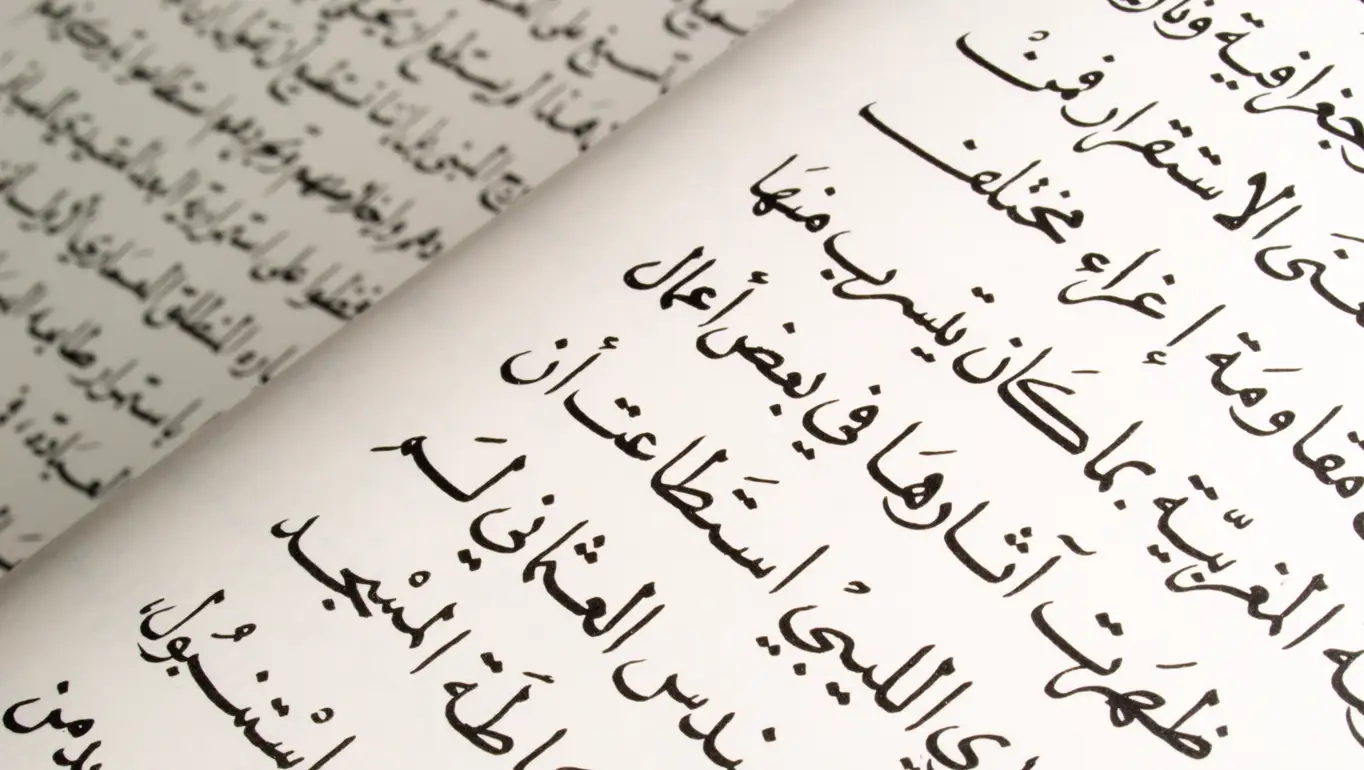Like ideas, languages gain a second life when they cross national and cultural boundaries. They give something of themselves to the cultures and languages that adopt them in their new, foreign homes, while also becoming enriched, more vibrant, and more resilient in the process. Although all languages evolve and are influenced when they encounter one another, few have withstood the test of time and become such adept survivors as Arabic. Over time, Arabic evolved into a lingua franca that united people from diverse ethnic, racial, religious, and cultural backgrounds. A true story of polyphony, Arabic has historically transformed into a ‘carnivalesque’ language, proudly wearing the scars left by other languages and cultures.
Anyone familiar with translation will recognize the resonance of this story—the mutual influence languages have on one another as they migrate, the trade-offs they make, and the gains and losses they experience along the way. Migration, in this sense, is essentially the translation of languages, and the more a language travels, the more it is translated. This idea may sound familiar to those of us who view languages as ‘borderline creatures’ – languages that exist in the space between cultures, using their position of ‘in-betweenness’ to bridge gaps and facilitate cross-cultural exchange.
A good example of this unique relationship to language can be found in the Arabic interpretation section of the UNOG (United Nations Office at Geneva) Interpretation Service. In this context, Arabic serves as a translated language, carrying the voices, speech patterns, ethnic origins, and national cultures of its speakers. At the same time, it is used by these same speakers to translate between and for the speakers of the other five official UN languages. In the first sense, Arabic, as a translated language, does not offer a monolithic or homogeneous mode of communication. Instead, it becomes a heterogeneous space, filled with communication styles that reflect the diverse cultures, national identities, and ethnic backgrounds of its speakers. In the second sense, Arabic is used by interpreters to facilitate communication across linguistic and cultural barriers, helping to bridge gaps between distinct audiences.
It would be an understatement to say that one of the most striking features of Arabic is the sheer diversity of its interpreters. The geographical expanse from which they come, as well as the variety of countries they represent, could easily lead one to think there are multiple ‘Arabs’ or even multiple versions of Arabic rather than a single language. However, the centrifugal nature of Arabic—spanning vast regions—does not result in distinct dialects that hinder communication. Instead, Arabic has retained its status as a lingua franca, continuously shaped, molded, and enriched by the diverse ways it is used in different regions. From the Maghreb countries in North Africa to Egypt and the Levant in the Middle East, interpreters breathe new life into Arabic, each adapting it to their own national culture and unique forms of expression. Interestingly, the more Arabic fragments across national borders, the stronger its role as a unifying force, connecting voices that are geographically separated and culturally distinct. This phenomenon mirrors the well-known myth of Babel, which speaks to the division of language and the challenges of communication.

In simple terms, the myth of Babel tells of a time when all people spoke a single language, fostering a sense of community and mutual understanding. However, this state of harmony was shattered when divine punishment scattered humanity across the earth and caused confusion of language, so that people no longer understood one another and spoke in many tongues. Post-Babel, in this view, marks the shift from one unified language to the proliferation of many languages, and from understanding to translation as the only means of communication across linguistic and cultural boundaries. Seen through this apocalyptic lens, Arabic becomes a quintessential language of translation. The dispersal of its speakers across vast geographical territories and their division into various national identities serves as further evidence of how Arabic enables communication and understanding between its speakers. It also highlights the incredible flow of translation across national cultures, each with its own unique perspective and way of speaking.
However, Arabic is not immune to the challenges that arise from the proliferation of languages and the difficulties of mutual understanding without translation. Anyone familiar with Arabic can often tell the nationality of an interpreter at the UNOG—or any Arabic speaker—by the syntax they use, their vocabulary, or even their pronunciation. An experienced listener can easily identify whether the interpreter comes from the North African region (e.g., Tunisia or Morocco) or the Middle East (e.g., Palestine or Egypt). This is because Arabic has evolved and taken root in different countries, reflecting the rich cultural diversity of the Arab world. A clear example of this regional diversity is the notable differences in pronunciation, which can sometimes make communication challenging for speakers from different regions. These variations often require speakers to make extra efforts to understand each other, ‘translating’ unfamiliar accents into a more familiar phonetic pattern.
Reflecting on the impact of this language shows us how Arabic has historically embraced other cultures, adapting to their nuances and emerging as a resilient lingua franca. As the gatekeepers of this language, Arabic interpreters face the dual challenge of translating when they speak Arabic among themselves and when they use it to translate for foreign audiences.



